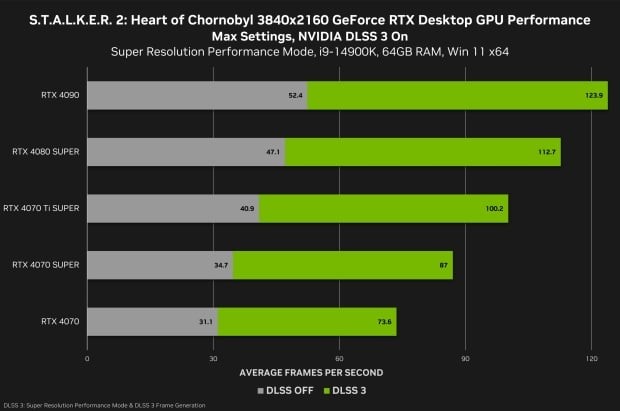
The highly anticipated post-apocalyptic shooter Stalker 2: Heart of Chornobyl has finally arrived, bringing stunning visuals and demanding hardware requirements that push even modern gaming PCs to their limits.
Our extensive testing reveals that Stalker 2 stands as one of the most graphically intensive games released in recent years. The game's richly detailed environments and advanced lighting effects create an immersive atmosphere, but they come at a substantial performance cost.
During our benchmark analysis, we observed that achieving optimal frame rates requires careful balance between visual quality and performance. While many players typically aim for 100+ FPS in first-person shooters, Stalker 2's demanding nature makes 60 FPS a more realistic target for most gaming setups.
The game's shader compilation process, which occurs during initial loading, hints at the complex graphical features being rendered. Players should expect longer load times as the game processes these sophisticated visual elements.
Our testing indicates that the game still has room for technical improvements through future optimization patches. Current performance suggests that even high-end graphics cards may struggle to maintain consistent frame rates at maximum settings, particularly at higher resolutions.
For the best gaming experience, players should be prepared to adjust their quality settings based on their hardware capabilities. The game's scalability allows for various compromises between visual fidelity and smooth performance.
The detailed post-apocalyptic world of Stalker 2 showcases impressive technical achievements, though players may need to temper their performance expectations until potential optimization updates arrive. Despite these technical demands, the game's atmospheric environment and visual quality demonstrate why it pushes modern gaming hardware to its limits.